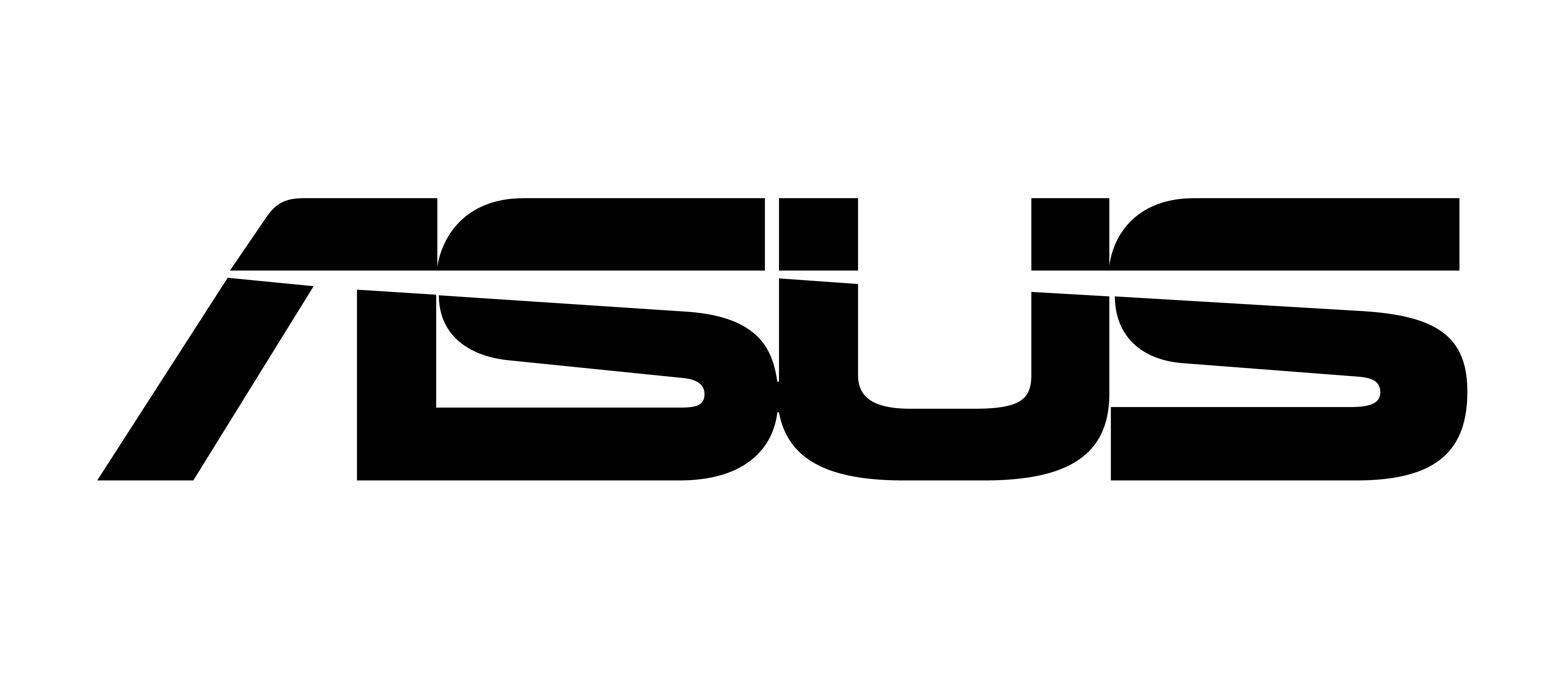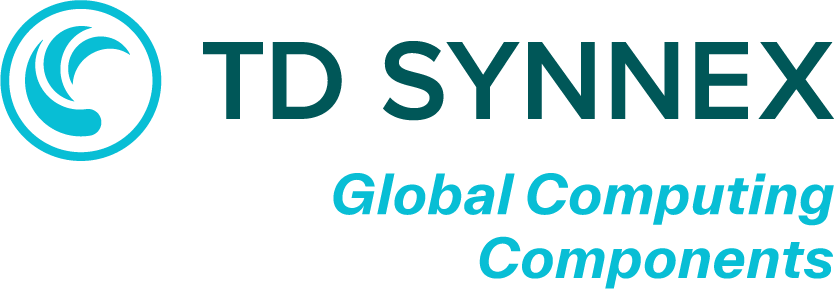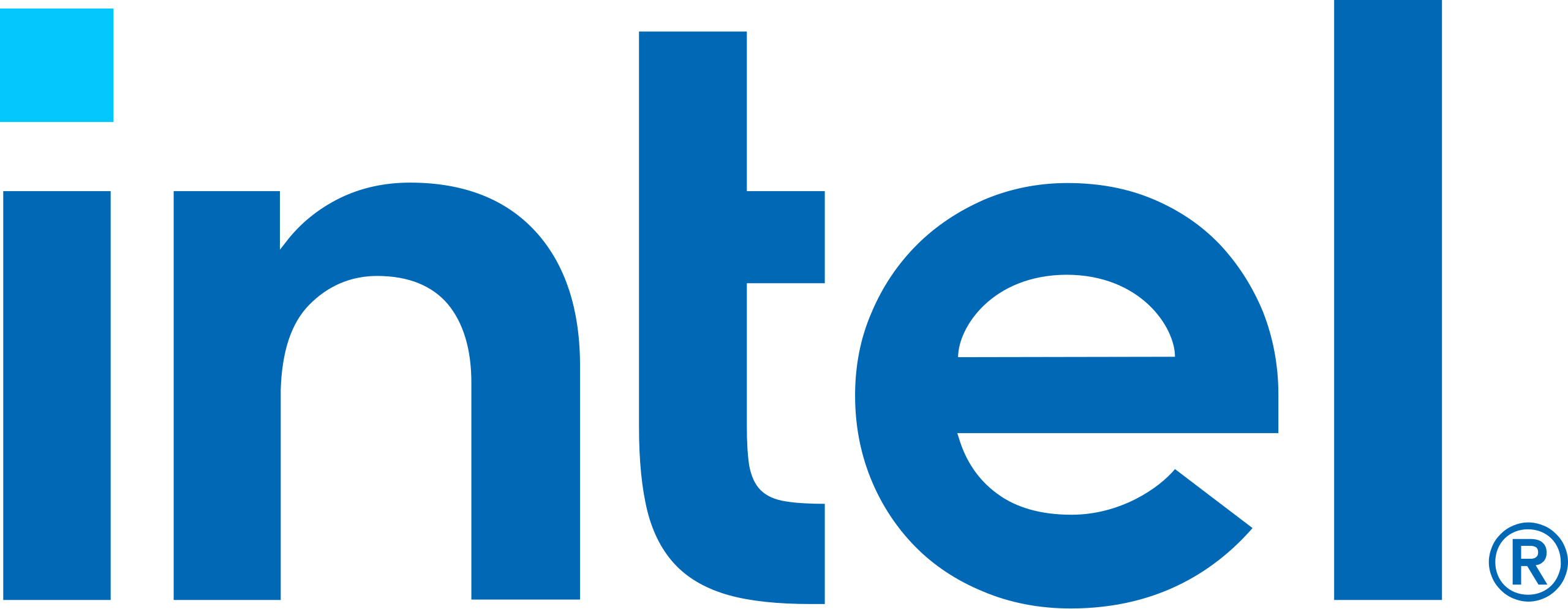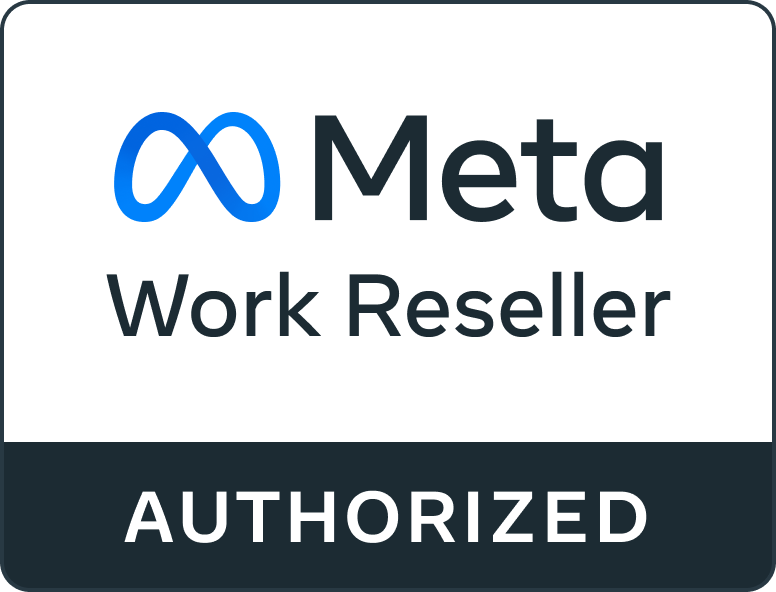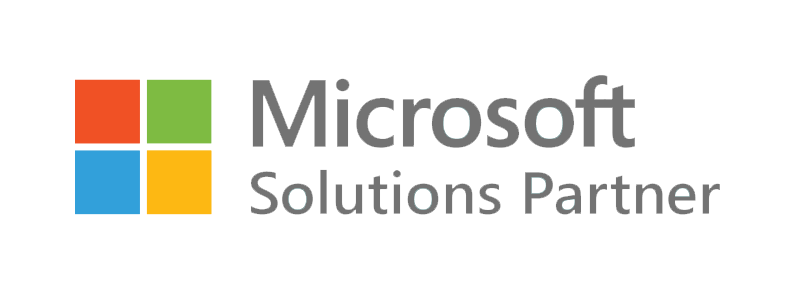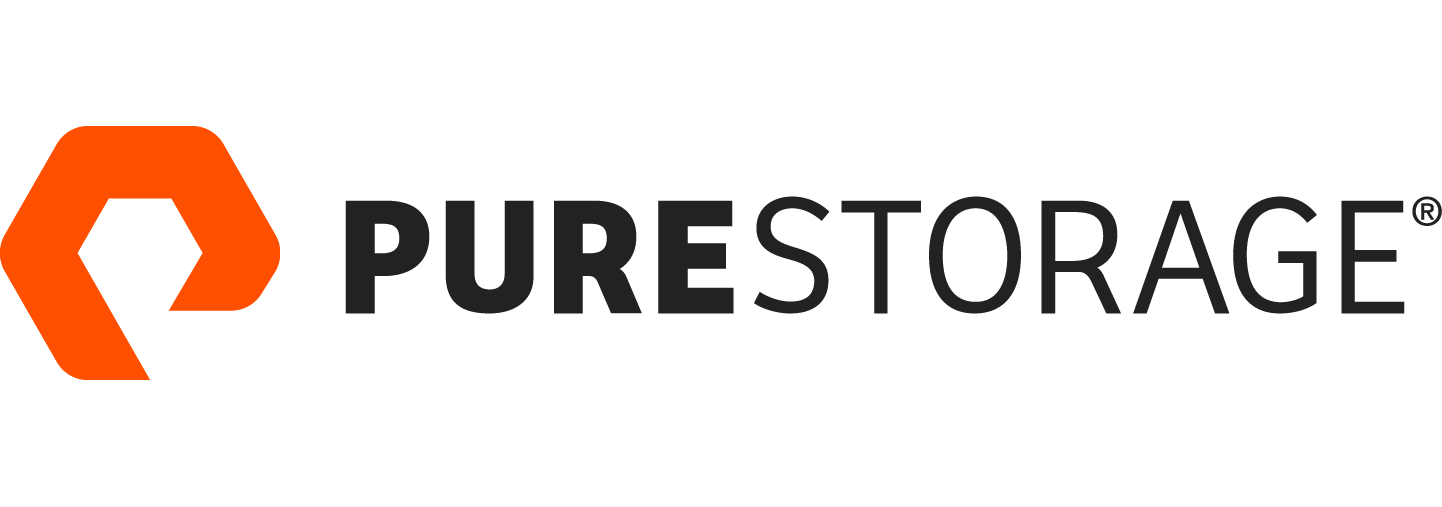10 things you need to know that’ll help you sell more hyperconvergence solutions
Categories
10 things you need to know that'll help you sell more hyperconvergence solutions
Equip yourself with the right knowledge to successfully sell hyperconvergence solutions to customers with changing business demands.
With hyperconvergence transforming the data centre, many channel partners are already realising the potential of incorporating the technology into their portfolio. Here are some tips to help resellers sell more hyperconverged infrastructure (HCI) solutions, build successful businesses and form close relationships with their customers.
1. Sell business outcomes, not a technology platform
Successful hyperconvergence partners look to solve their customer’s pain points, and sell a business outcome rather than a technology platform. They spend time attempting to understand what their customer’s business looks like and what they can do to improve it. If they were to take their customer’s pain away, what would the difference mean in terms of their speed to market, increased revenue and reduction in costs?
2. Educate your customers
Initially, a hyperconverged solution can appear more expensive to purchase than traditional three-tier architectures, in an ‘apples to apples’ comparison. Therefore, it’s important to make the customer aware that with HCI is different to traditional IT infrastructure. The cost of operation is lower and there’s also a massive reduction in complexity, which can drive significant backend savings.
3. Focus on features
Channel partners are faced with more hyperconvergence vendor choice than ever before – and each solution has a long list of features. However, not all those features will be relevant to every customer. Successful partners will focus on finding the few features and functions of the HCI solution that match and solve the customer’s specific problems.
4. Pitch hyperconvergence correctly
Once you know your customer, you will know how to pitch HCI. If they are more traditional, it may be better to lead with a conversation about virtualisation – and then introduce hyperconvergence as something that aligns with that. This also opens opportunities for resellers to identify and act on cross-sell and upsell opportunities and increase their revenue stream.
5. Re-think services
HCI’s high level of automation moves an organisation’s IT from being ‘expert-friendly’ to ‘user-friendly’. Where partners could previously earn service revenues from installation, configuration, sizing and break-fix, there just isn’t the requirement with hyperconverged solutions. Some partners are instead focusing on solution design and migration services to boost revenues.
6. Start small
While every reseller would ideally like to find a customer in need of a complete data centre refresh, more times they must pick their battles. Some partners do well with a ‘land and expand’ strategy; by focusing on delivering value around particular workloads and from that small footprint, they expand HCI elsewhere across the organisation.
7. Focus on your area of expertise
Identify and market a specific solution, and carve yourself a niche. That may be around a certain vertical – some sectors rely on technology innovation more than others – or a size. When you partner with a vendor, look for a specific feature, function or message that aligns well with your customers and push that. If you try to be everything to everyone, you will become unstuck.
8. Manage customer push back
You may encounter some push back from individual budget holders such as storage managers who worry that technologies like hyperconvergence will render their jobs obsolete. This has happened elsewhere with cloud, but with any new technology, in-house IT roles continue to evolve and focus is directed elsewhere and onto different projects so individuals can focus on strategic business goals.
9. Sell in the benefits of the cloud
A good way to position hyperconvergence is as a cloud migration strategy. Some vendors provide a cloud-like integrated management layer that enables self-service provisioning, automation and orchestration while benefiting from the security and control features of an on-premise model.
10. Prepare for the long haul
After customers get a taste of HCI’s benefits, they usually want to deploy further applications, workloads and services, thus creating entirely new revenue streams. It’s therefore not just important to close big deals but also build sustainable relationships with customers while staying ahead of the curve – all added bonuses which can facilitate an ongoing revenue stream.
When selling hyperconvergence solutions to your customers, it’s important to keep in mind the current state of their business and what they’re looking to achieve in the future. Hyperconvergence is a popular trend but it’s important your customers fully understand it before making the leap. To position yourself as a trusted advisor and help them to achieve success, you need to equip yourself with the right knowledge to sell effectively.
Takeaways
– When approaching your customers about HCI, focus on selling a solution for their business, rather than a technology.
– HCI is more than a trend, it is a solution that can keep keep your customers ahead of cloud, big data, video and mobile. Sell the features that differ it from traditional IT solutions.
– Embed yourself as a trusted advisor for the long-run. Understand your customer’s current and future business needs and how HCI fits into that.
Selling hyperconvergence is only the start. As a trusted advisor, you can optimise solutions and bring your customers closer to the data centre.
Take a look at our other blog posts

